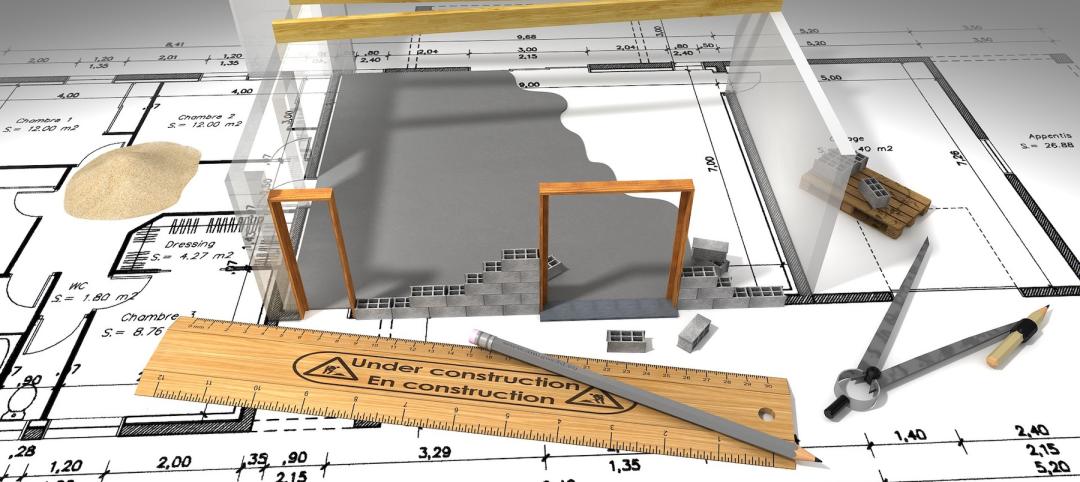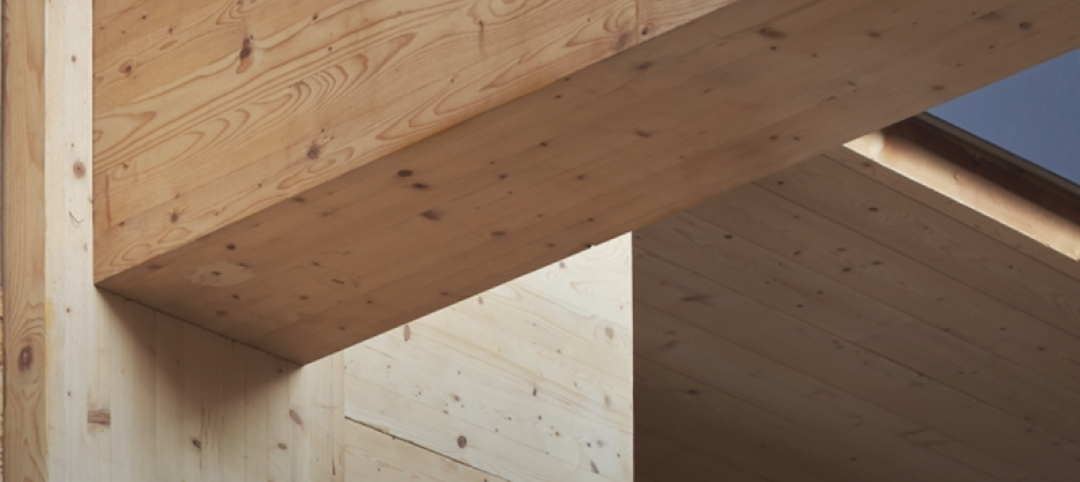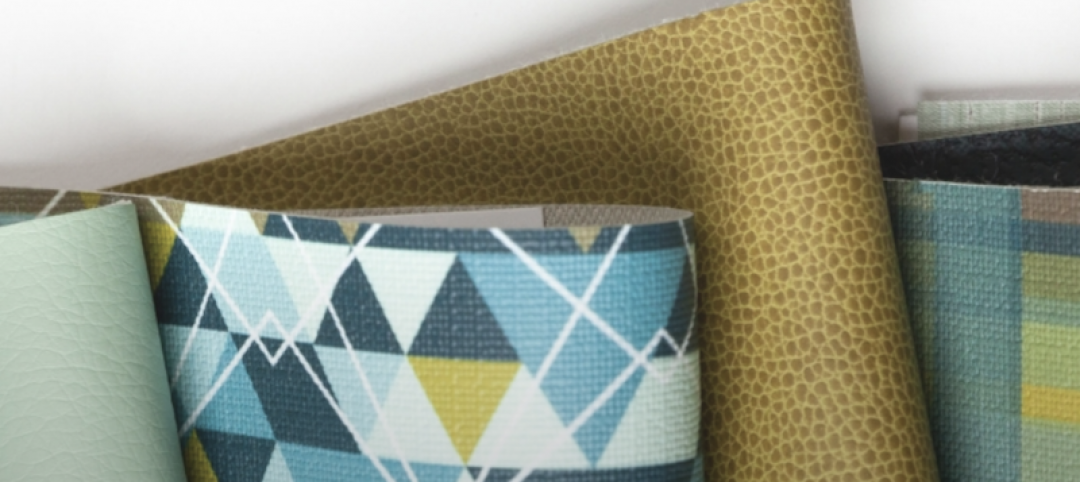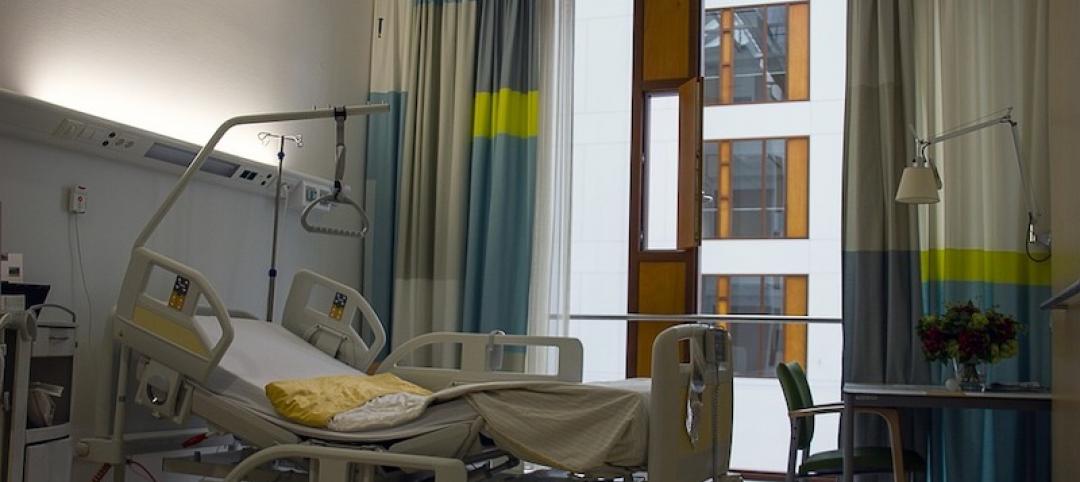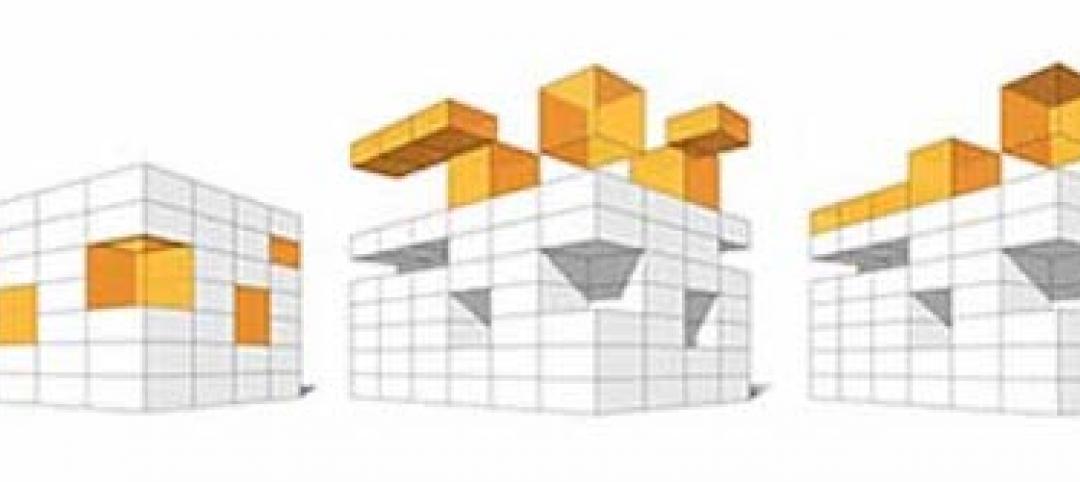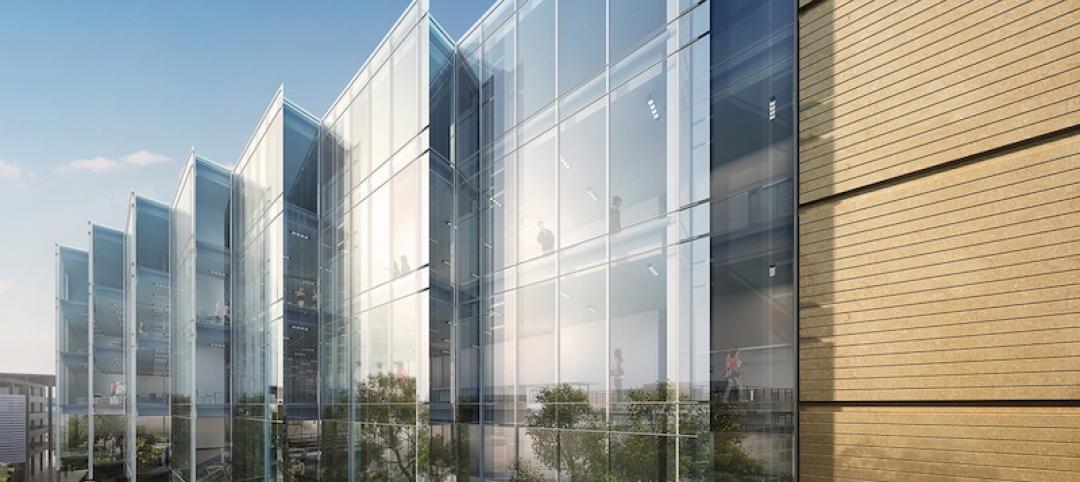Design charrettes require buy-in and input from all stakeholders to develop a consensus on wants, needs, concerns and ideas ahead of a project. Engaging the users of a space in a design charrette is key to giving them a role and sense of involvement in the process and has yielded immeasurable solutions for our teams. The heart of design charrettes, and what makes them so successful, is that they provide an education loop for all those involved. Studies of adults show a link between enhanced well-being and quality of life with opportunities for control, participation and self-determination.
But what about when the main users of a space are K-12 students? How do their perspectives differ from those of the adults? Adults live in a fact-based world and often prefer their spaces to be unchanging which serves a purpose of comfort. Children, on the other hand, use this world as a springboard into their imagination and may find change in places as new adventures. Adults are content with the idea of looking at places as a source of enjoyment, while children crave more tactile ways of experiencing their environment. And where adults enjoy orderly and visually clean spaces, children, through their need of tactile discovery, are often “place-messers.”
How do we capture this difference in perspective and move away from a model where adults serve as “spokespeople” for children? At HDR, we have incorporated play-based charrettes for younger children to ensure their voices are heard, give them a connection to their school and provide long-lasting, impactful and uplifting spaces for future generations. These charrettes draw children into the process and keep them engaged through the use of art, games and visual cues. Wordy descriptions and lectures are avoided as they have the potential to become boring quickly or project preconceived notions about the project onto the children. Every effort is made to assure that captured insights and observations are authentically from the children.
Example Play-Based Charrette Activities
While a play-based charrette should always be customized based on the time available, the design problem being explored, and the age of the participants, below are some examples of the types of activities that can be incorporated:
Why Are Play-Based Design Charrettes Important?
Inclusive Design Solutions: As schools adopt a 21st century model of learning, more children will be presented with opportunities to self-direct their learning using real-world problems and examples. Creating a crossover between these educational methods and the design process creates a symbiotic relationship between students, educators, and designers. This enables our teams to design schools that are unique to the needs of the students that will attend it.
Place-Making: Involving children is just as important for them as it is for us. Some research on participatory processes with children show a high impact on them identifying with spaces they have contributed to and other benefits such as healthy development, strengthening competencies and resources, enabling multigenerational collaboration, and exposure to democratic processes. Therefore, when children contribute to the design of a space, they are more inclined to use, respect and maintain those spaces.
Key Elements of a Play-Based Design Charrette
The process and activities for a design charrette vary widely and are dependent on the project the team is working on and the desired outcomes. Typically, the first step is to define and develop consensus around the goals and objectives for the charrette so they can be referred back to over the sessions. Charrette activities can relate to:
— History: Understanding the history and background of the projects and/or related topics
— Precedent: Exploring precedent for the project type at a local, regional, and/or global scale
— Emotional Responses: Eliciting emotional responses to certain images or design ideas
— Imaginative Play: Interacting with space using imaginative play
— Feedback: Providing opportunities to vote or give feedback on design ideas
— Presenting Thoughts: Giving children the opportunity to present their thoughts and ideas
The charrette requires flexibility as well. Backup activities should be developed in case the children lose interest in the topic. This flexibility provides children with as much self-directed learning as possible. While specific questions are asked of the children, they still need the opportunity to express themselves as freely as possible.
Equally important is clearly defining the role of the adult facilitators, architects and volunteers to ensure they do not interfere with the children’s process in terms of site specifications, bias and judgement. Their focus should be ensuring the children have fun and are safe at all times.
Key elements of play-based design charrettes:
— More Hands-on: At no point should information being turned over to a team to interpret; children need to be given autonomy to communicate what is more important to them.
— Art-based: Descriptions and written formats should be used as little as possible.
— Experience-based: Minimal background information on the site or project should be given, allowing the children to depend on their experiences and interactions.
— Open-ended: Rather than trying to come up with a single solution for the design project, the charrettes should be treated as an idea generating exercise.
— No Right or Wrong Answers: Criticism and judgmental language are discouraged to create an inclusive environment.
— Child-Led: Facilitators and designers are there to support children, but ideas are generated from the children
Conclusion
In my experience, play-based charrettes can be very meaningful experiences. It is humbling to meet with children and watch them embrace the process, document their ideas, and develop ideas that are truly inspiring. Children can make profound observations about how space should be used without formal training in design. Intuitively, they understand the need to activate a space, the concept of budgeting, historical references, and the shortcomings of current designs. Often these ideas came out in a blunt, single sentence which hits right at the heart of the problem. Listening to them speak, one wonders how adults could have been so shortsighted to build what they did and expect it to work. These children knew better, naturally.
More from Author
HDR | Jun 30, 2022
Adopting a regenerative design mindset
To help address the current climate emergency, a new way of thinking across the entire architecture, engineering and construction industry is imperative.
HDR | Jan 11, 2022
Designing for health sciences education: supporting student well-being
While student and faculty health and well-being should be a top priority in all spaces within educational facilities, this article will highlight some key considerations.
HDR | Sep 28, 2021
Designing for health sciences education: Specialty instruction and human anatomy labs
It is a careful balance within any educational facility to provide both multidisciplinary, multiuse spaces and special-use spaces that serve particular functions.
HDR | Sep 25, 2020
Performance-based textile cleaning and disinfection in the age of COVID-19
It is essential for both designers and environmental services to know the active ingredient(s) of the cleaning products being used within the facility.
HDR | Jan 27, 2020
Elevating the human experience in public realm infrastructure
Understanding the complexities of a community by pairing quantitative data and human needs.
HDR | Oct 2, 2019
Why mass timber?
In a world where the construction industry is responsible for 40% to 50% of CO2 emissions, renewable materials, such as wood, can help mitigate the rate of global warming.
HDR | Aug 23, 2019
5 converging trends for healthcare's future
Our solutions to both today’s and tomorrow’s challenges lie at the convergence of technologies, industries, and types of care.
HDR | Dec 18, 2018
Redesigning the intergenerational village: Innovative solutions for communities and homes of the future
Social sustainability has become a central concern in terms of its effect that spans generations.
HDR | Jun 8, 2018
Data is driving design for education
In gathering this constant flow of data and recognizing the shifting trends, how can educational institutions make informed choices and smart design decisions that lead to higher efficiency and improved control over capital budgets?


